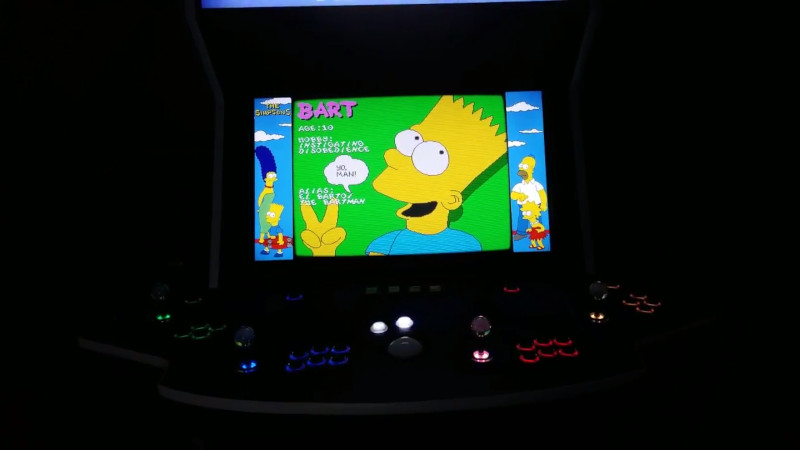In this day and age of cheap and easy emulation, it’s more tempting than ever to undertake a home arcade cabinet build. If you want to show off, it’s got to have a light show to really pull the crowds in. To make that easier, [Patricio] put together a software package by the name of LEDSpicer.
The project came about when [Patricio] was working on his Linux-based MAME cabinet, and realised there were limited software options to control his Ultimarc LED board. As the existing solutions lacked features, it was time to get coding.
LEDSpicer runs on Linux only, and requires compilation, but that’s not a huge hurdle for the average MAME fanatic. It comes with a wide variety of animations, as well as tools for creating attract modes and managing LEDs during gameplay. There are even audio-reactive modes available for your gaming pleasure. It’s open source too, so it’s easy to tinker with if there’s something you’d like to add yourself.
It’s a great package that should help many arcade builders out there. LEDs can be used to great effect on a cabinet build; this marquee is a particularly good example. Video after the break.
[Thanks to Guillermo for the tip!]
















Nice!
I originally read that as LED-splicer…
I had been reading it as LED splicer until I read your comment…
is LEDSpicer. because it adds flavor to your cabinet ;)
You might want to re-title “FOR YOUR ARCADE MACHINE” to “FOR YOUR MAME MACHINE”, as this will obviously not work for actual arcade cabinets…
Anybody can stick a pi in an “actual” arcade cabinet and run this. What do you think would actually stop someone from doing that?
Neat idea. You could make an ambilight to turn green when homer holds the nuclear fuel rod with the calipers.
you can do whatever you want with this program, the thing is Mame needs to send that information, and in this specific case, is not, for example you can set all the lights red when you press the break on Out Run :) because MAME sends that information.
Paving the way for even more tachy lcd based arcade rubbish.